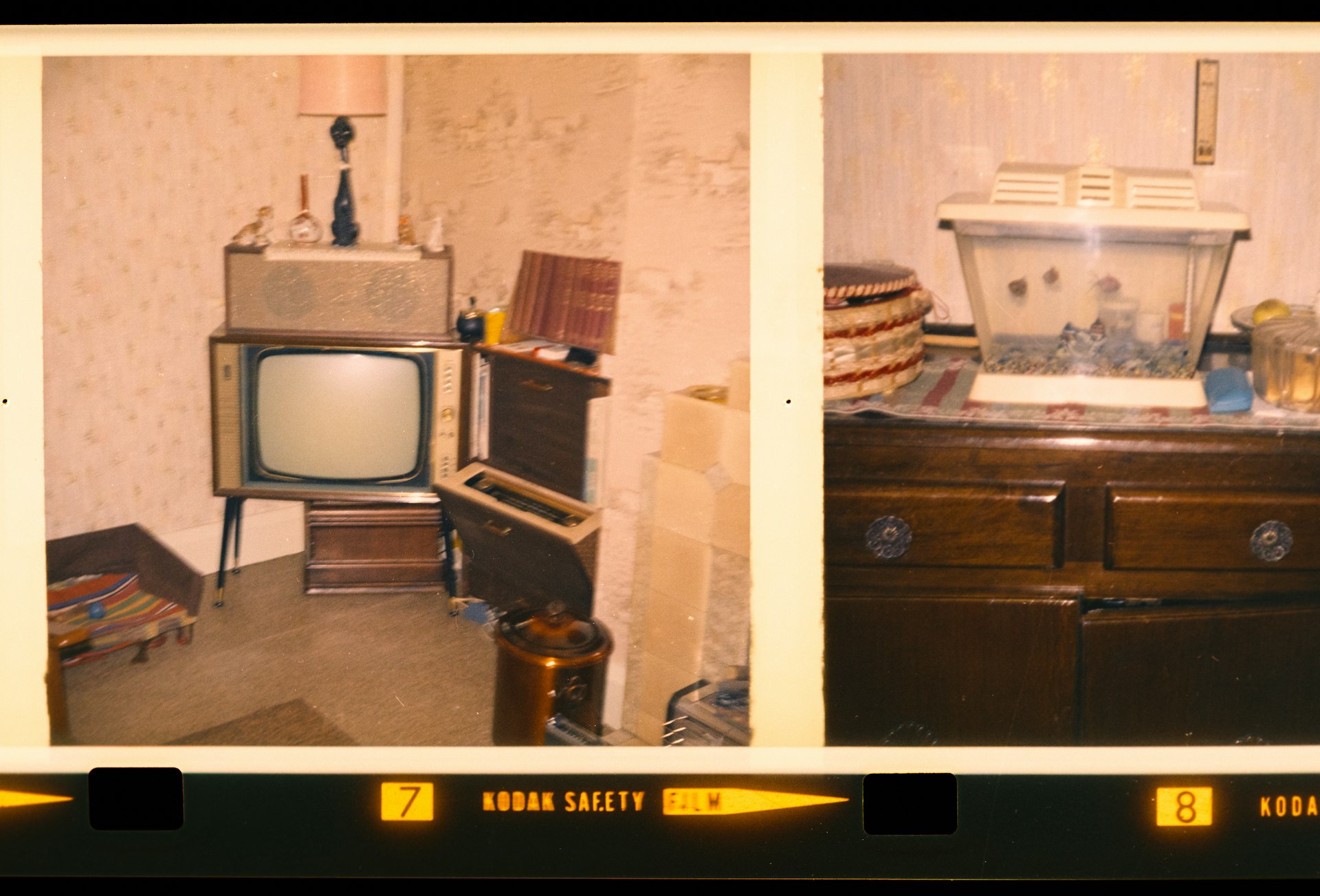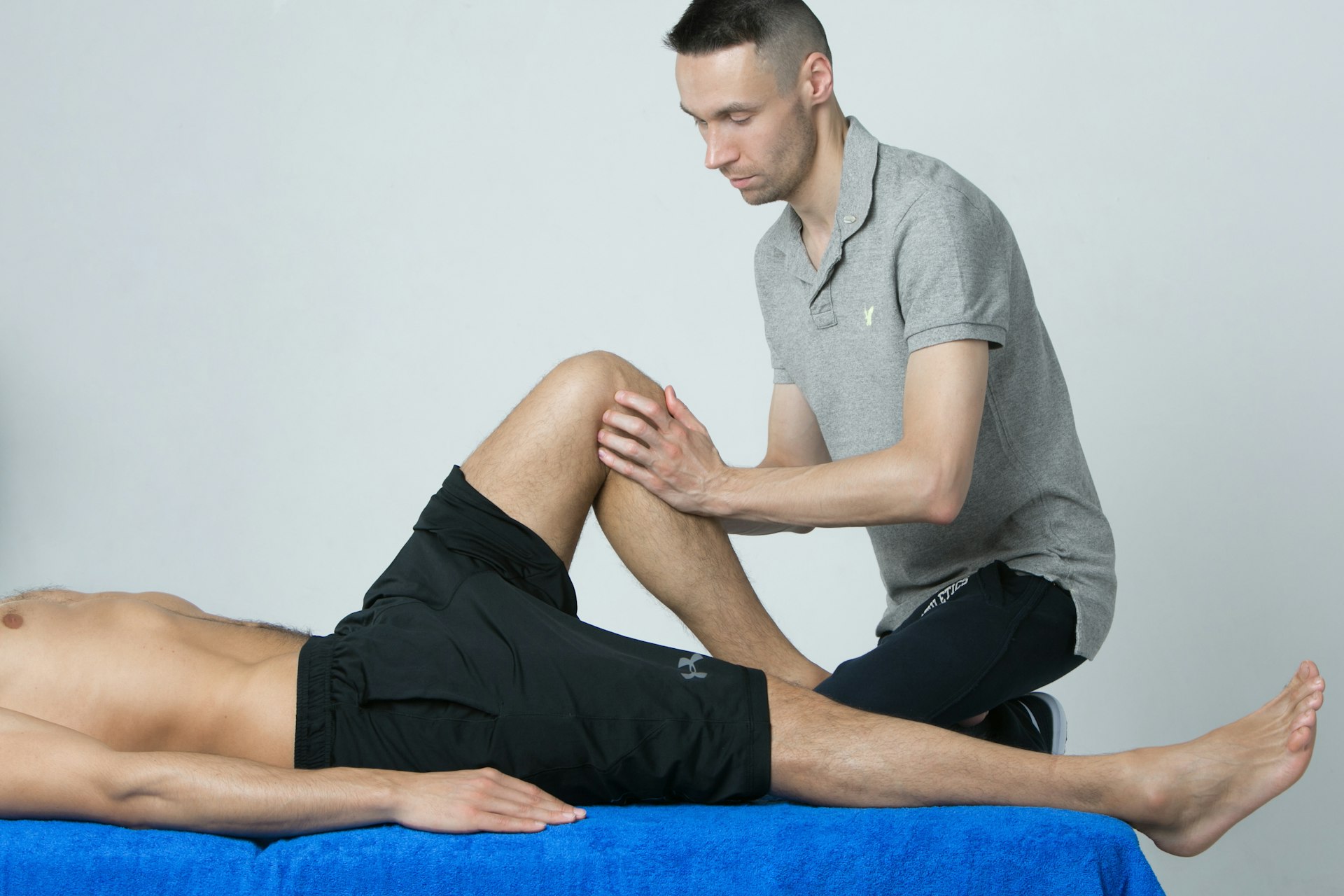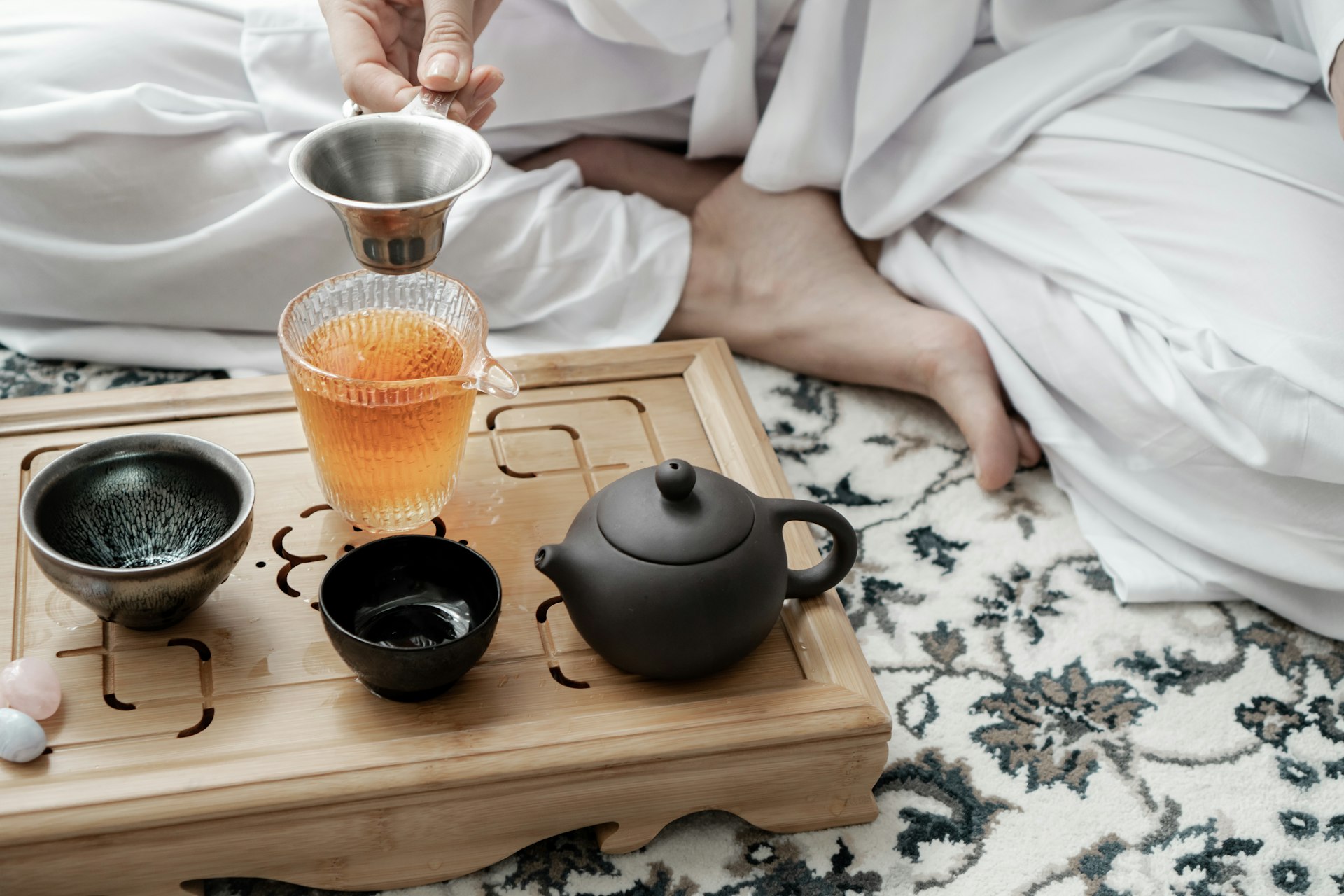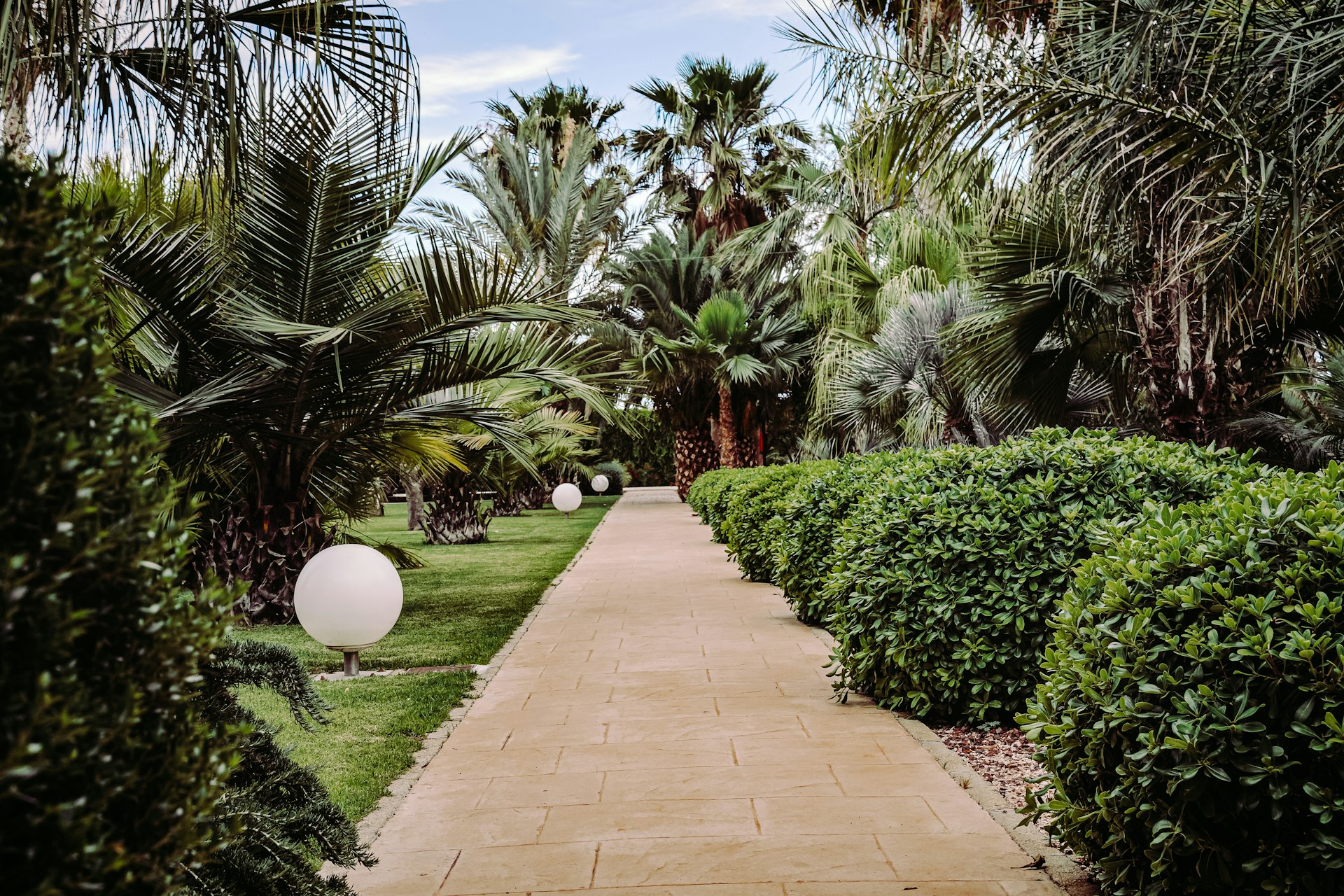Functional Fitness: A Lifestyle Approach for Lifelong Vitality and Independence

Photo by Febrian Zakaria on Unsplash
Unlocking Longevity Through Functional Fitness
Functional fitness is rapidly emerging as a cornerstone of healthy aging and long-term wellbeing. Unlike traditional exercise regimens that prioritize isolated muscle groups or aesthetics, functional fitness emphasizes practical, everyday movements that mirror tasks you encounter at home, work, or in recreation. By training your body for real-world activities, you not only enhance your physical strength, but also support balance, mobility, mental health, and social engagement-each vital for longevity [2] .
What Is Functional Fitness?
At its core, functional fitness means training muscles to work together, preparing you for daily life by simulating common motions like squatting, reaching, lifting, and balancing. Exercises such as squats, lunges, push-ups, deadlifts, and rows engage multiple muscle groups at once, helping you maintain independence and physical capability as you age [3] . For example, a squat strengthens your legs and core, making standing up from a chair easier; a deadlift trains your back and legs for safe lifting.
Science-Backed Benefits for Longevity
Research consistently demonstrates that functional fitness delivers a wide range of health benefits that support longevity:
- Cardiovascular Health: Regular functional exercise helps lower blood pressure, improve cholesterol, and enhance circulation, reducing risks of cardiovascular disease [1] .
- Mental Wellbeing: Physical activity is linked to improved mood, reduced anxiety and depression, and better cognitive function. Functional exercises stimulate brain activity and promote neuroplasticity, helping to maintain mental acuity as you age [1] .
- Muscle Strength & Balance: Functional fitness supports balance, agility, and muscle strength, reducing fall risk and maintaining independence. Studies show improvements in lower limb strength and coordination in older adults who regularly practice functional exercises [2] .
- Social Engagement: Group classes and community activities based on functional fitness foster social connections, which are proven to enhance both mental and physical health [1] .
How Much Exercise Is Optimal?
A massive recent study found that working out two to four times beyond the minimum recommendations for vigorous activity led to lower risk of death from cardiovascular disease or cancer. Both moderate and vigorous activities are beneficial, with no evidence that one is superior for older adults. Current consensus suggests that 2.5 to 5 hours per week of moderate or vigorous physical activity confers maximal benefits, while exceeding 10 hours weekly may reduce health advantages due to potential risks associated with chronic excessive endurance exercise [4] , [5] .
Step-by-Step Guidance for Starting a Functional Fitness Lifestyle
Embarking on a functional fitness journey is accessible at any age or fitness level. Here are actionable steps to begin:
- Assess Your Current Abilities: Consider consulting a certified fitness professional or physical therapist, especially if you have pre-existing health conditions or limited mobility. They can help tailor a program that matches your needs.
- Choose Practical Movements: Start with simple exercises like squats, lunges, push-ups, and rows. Focus on quality of movement and control rather than intensity or repetition count.
- Progress Gradually: Increase difficulty by adding resistance (dumbbells, resistance bands), extending duration, or incorporating balance challenges (single-leg movements, unstable surfaces). Listen to your body and avoid sudden increases in intensity.
- Include Social Engagement: Join community fitness classes, walking groups, or online forums focused on functional fitness. Social support aids motivation and consistency.
- Track Your Progress: Maintain a journal noting improvements in daily activities (ease in standing, walking, carrying groceries) and overall wellbeing.
- Stay Consistent: Aim for regular sessions-ideally 3 to 5 times per week-to build sustainable habits and maximize benefits.
If you need help finding certified trainers or classes, you can search for “functional fitness programs near me” or consult reputable organizations such as the National Strength and Conditioning Association (NSCA) or the American College of Sports Medicine (ACSM). Local community centers, gyms, and senior centers may also offer suitable classes.
Real-World Examples and Case Studies
Consider the example of older adults participating in group-based functional fitness programs. Studies show that after several months, participants report greater confidence in performing daily tasks, reduced risk of falls, and improved mood [2] . Another study found that elderly individuals could increase their strength by up to 200% with regular resistance training focused on functional movements [3] .
Potential Challenges and Solutions
Common obstacles include limited mobility, fear of injury, or lack of motivation. Address these by:

Photo by Age Cymru on Unsplash
- Seeking Professional Guidance: Work with certified trainers or physical therapists to ensure exercises are safe and effective.
- Adapting Movements: Use modifications and assistive devices (chairs, handrails, bands) to make exercises accessible.
- Setting Realistic Goals: Focus on gradual, meaningful improvements instead of rapid transformations.
- Building Community: Engage with peers for accountability, encouragement, and shared learning.
Alternative Approaches for Varied Needs
Functional fitness can be tailored to suit all abilities. For those unable to join in-person classes, virtual programs and instructional videos are widely available from reputable sources like the ACSM or local health organizations. Some may prefer integrating functional movements into daily routines (e.g., standing on one leg while brushing teeth, squatting to pick up objects).
Key Takeaways and Next Steps
Building a functional fitness lifestyle for longevity means prioritizing exercises and habits that support real-life movement, independence, and holistic health. This approach is grounded in current scientific evidence and adaptable for all ages and abilities. Begin by assessing your needs, selecting appropriate exercises, progressing gradually, and engaging socially. For additional support, consult certified professionals or search for “functional fitness programs” through established organizations.
References
- [1] Vita Nova Anti-Aging & Wellness (2024). The Importance of Functional Exercise in Prolonging Longevity.
- [2] Functional Self EU (2024). Functional Fitness for Longevity: A Gentle Approach to Lifelong Wellness.
- [3] IronSky Fitness (2024). Training for Longevity: Maximizing Health and Performance with Age.
- [4] American Medical Association (2025). Massive Study Uncovers How Much Exercise is Needed to Live Longer.
- [5] PMC (2020). Training for Longevity: The Reverse J-Curve for Exercise.
MORE FROM hotondeals.com













